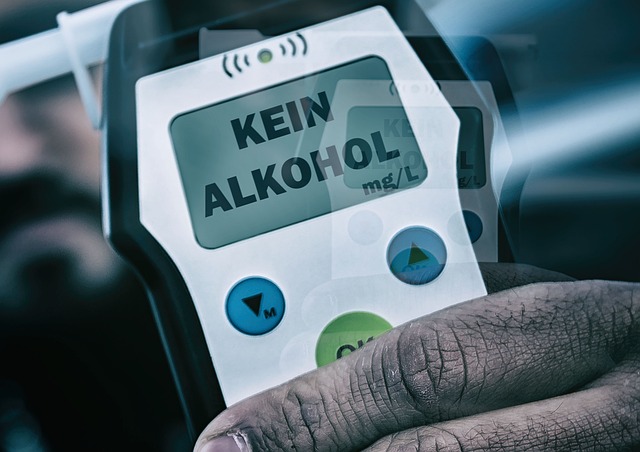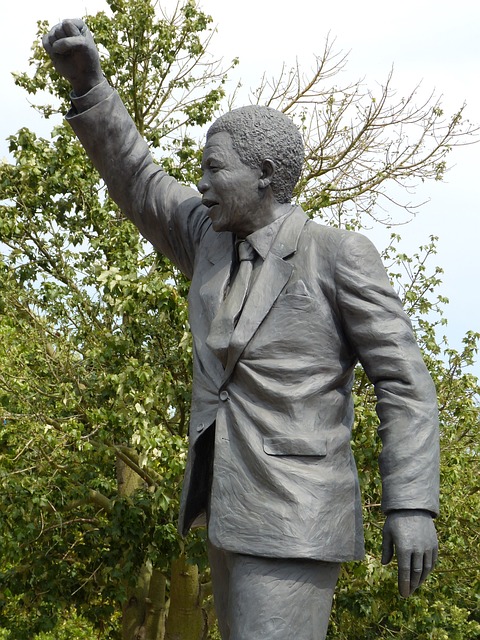Pedestrians' rights and safe streets are interconnected, requiring equal legal consideration. Many jurisdictions have laws protecting pedestrians from reckless driving, with severe penalties for violations. Local laws may mandate vehicle impoundment and DUI enforcement to deter dangerous behaviors. Safe street initiatives focus on community engagement and infrastructure improvements to reduce hazards, promoting awareness of rights and responsibilities. Comprehensive approaches, including these critical tools like vehicle impoundment and DUI laws, are vital for building communities where all residents can move freely and safely, whether on foot or by vehicle.
In today’s bustling urban landscapes, ensuring safe streets for pedestrians is paramount. This article delves into the crucial aspects of understanding pedestrians’ rights and how vehicle impoundment and DUI (Drunk Driving Under Influence) laws play a pivotal role in fostering secure environments. By exploring these key components, we aim to highlight strategies that revolutionize pedestrian safety, making our communities more vibrant and accessible for all. Let’s navigate this essential discussion.
- Understanding Pedestrians' Rights and Safe Streets
- The Role of Vehicle Impoundment and DUI Laws in Ensuring Safety
Understanding Pedestrians' Rights and Safe Streets

Pedestrians’ rights and safe streets go hand in hand, both demanding equal consideration under the law. Understanding these rights is crucial for fostering a harmonious coexistence between walkers and drivers. In many jurisdictions, laws exist to protect pedestrians from reckless or negligent driving, often with strict penalties for violations. These include rules regarding speed limits, traffic signals, and right-of-way regulations. Additionally, local laws may have specific provisions for vehicle impoundment and DUI (Driving Under the Influence) enforcement, ensuring that dangerous behaviors are met with swift consequences.
Safe streets initiatives often involve community engagement and infrastructure improvements to reduce pedestrian hazards. By promoting awareness of both pedestrians’ and drivers’ rights and responsibilities, these efforts aim to create a more secure environment for everyone. This involves not just enforcing laws related to vehicle impoundment and DUI but also educating the public about the importance of yielding to pedestrians, maintaining safe speeds, and adhering to traffic rules. Such comprehensive approaches are key to building communities where all residents can move freely and safely, whether on foot or behind the wheel.
The Role of Vehicle Impoundment and DUI Laws in Ensuring Safety

In the ongoing quest for safer streets, vehicle impoundment and DUI (Driving Under the Influence) laws play pivotal roles. These measures are crucial in deterring dangerous driving behaviors that pose significant risks to pedestrians. Impounding vehicles caught violating traffic rules related to speed, recklessness, or distracted driving sends a strong message: roads are not a free-for-all but require responsible behavior. Similarly, strict DUI laws ensure that individuals who operate vehicles while impaired are held accountable, thus reducing the likelihood of accidents and enhancing overall safety for all road users, especially pedestrians.
By removing hazardous vehicles from public spaces and punishing those who drive under the influence, these laws contribute to a more predictable and secure environment. This, in turn, encourages drivers to adhere to traffic regulations, fostering a culture of responsible driving. As a result, pedestrians can navigate their communities with greater peace of mind, knowing that their well-being is prioritized through proactive enforcement of vehicle impoundment and DUI laws.
Pedestrians’ safety is a shared responsibility, and by understanding their rights and implementing effective measures like strict Vehicle Impoundment and DUI Law enforcement, communities can create safer streets for all. These strategies ensure that both pedestrians and drivers respect traffic rules, fostering a culture of accountability and mutual consideration. Through these efforts, we can transform bustling urban areas into more harmonious and secure environments where folks can move about freely without concern.






